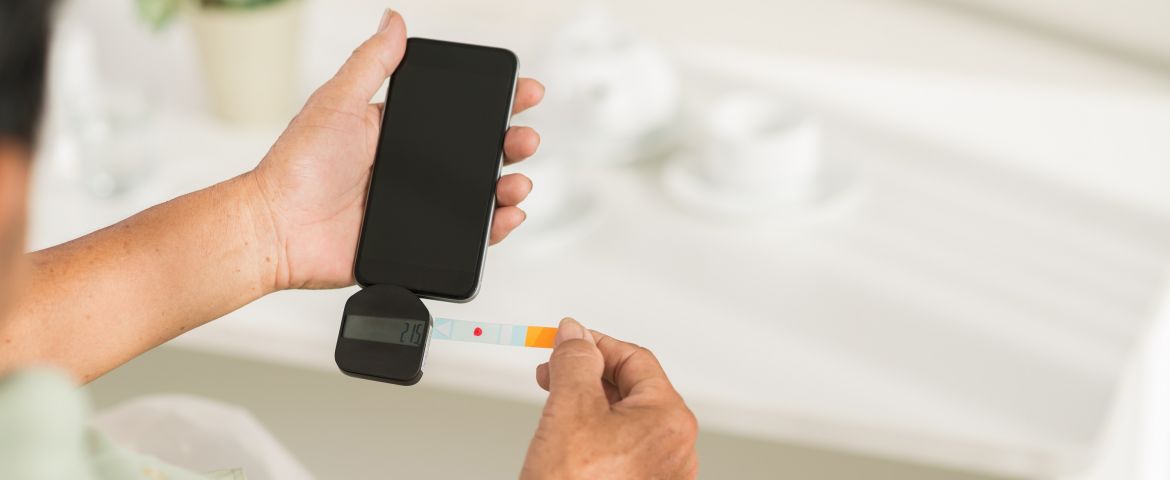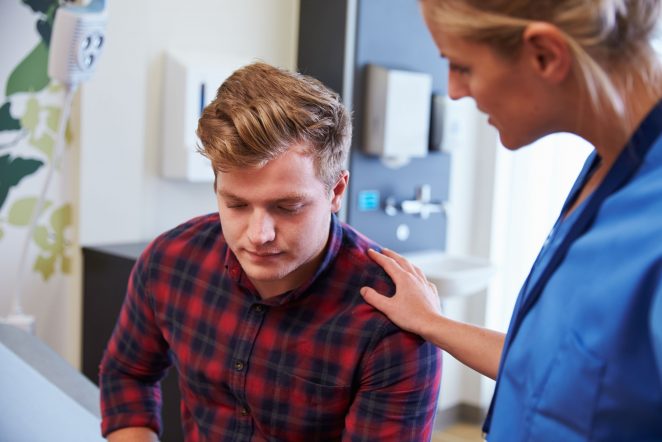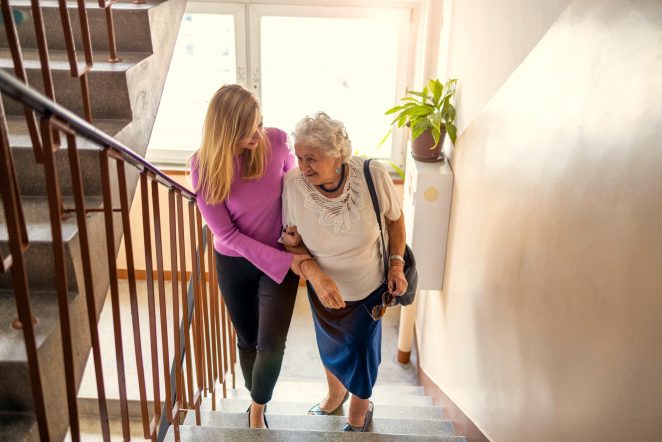You use your smartphone for music, maps, texting, restaurant reviews, sports and television, but that’s only the beginning.
There’s a tidal wave of do-it-yourself medical tests that could change the way you check your symptoms and work with your doctors. Not only will it simplify your life, it will also deliver better medical care to poor areas of the world.
Here’s a look at smartphone apps and accessories that are available today, plus new ones on the horizon to add to your medical kit:
Smart thermometer. Just plug one end of this $25 thermometer into your headphone jack and the other end into your mouth (or armpit or rectum). The unbreakable Kinsa Smart Thermometer will give you an accurate reading in just 10 seconds. For kids, there’s an optional extension that lets them play the Kinsa bubble-popping game while checking their temps.
At-home otoscope. Now you can diagnose ear infections without an office visit or a trip to an urgent care center. The $79 Oto device, from Cellscope, snaps onto your iPhone’s camera to create a video of the eardrum. You can then send the information to your child’s pediatrician to confirm your diagnosis. Or, for an additional $10, a Cellscope doctor will review the exam and respond within two hours.
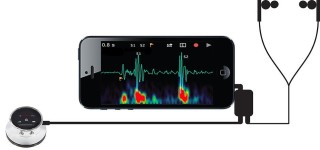
Digital stethoscope. One Digital Stethoscope, designed by ThinkLabs, fits into the palm of your hand and links to your smartphone. You can hear and view your heartbeat, and then send a recording to your doctor. Many medical professionals already prefer easy-to-hear digital stethoscopes over traditional ones.
Virtual eye doctor. MIT’s Media Lab has developed a $2 clip-on eyepiece that can recommend corrective lens prescriptions in minutes.The Near Eye Tool for Refractive Assessment is designed to help people with undiagnosed nearsightedness or farsightedness— mainly intended for underdeveloped countries, but it could work at home just as well.
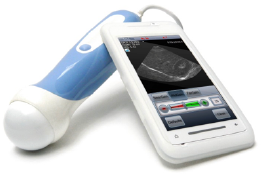
In-your-palm ultrasound. It’s not a DIY option now, but some medical professionals are already using MobiUS, the first ultrasound system created to work with smartphones. This is a great solution in remote areas without access to traditional and expensive ultrasound equipment. Possible uses include tracking pregnancies, assessing kidney disorders, guiding injections and more.
Mini-microscope. A team at UCLA has developed an attachment that can turn your smartphone into an inexpensive, take-it-anywhere microscope. Right now the focus is on diagnosing malaria and AIDS in resource-poor countries, but researchers are also exploring do-it-yourself blood tests that will give you results in just 15 minutes.
Test strip analysis. Need help analyzing your test strips for diabetes or other medical conditions? Researchers at the University of Cambridge are developing an app to take out the guesswork. This will be perfect for those who are colorblind or have other vision problems.
Lab-in-a-smartphone. Soon you may be able to check for strep throat or the flu using iTest, a smartphone system that’s awaiting approval from the Food and Drug Administration. The same system can test the protein level in your blood to check whether you’ve had a heart attack or not.
None of these smartphone gadgets will replace your doctor, but they can certainly streamline and speed up the way you get a diagnosis and treatment.
